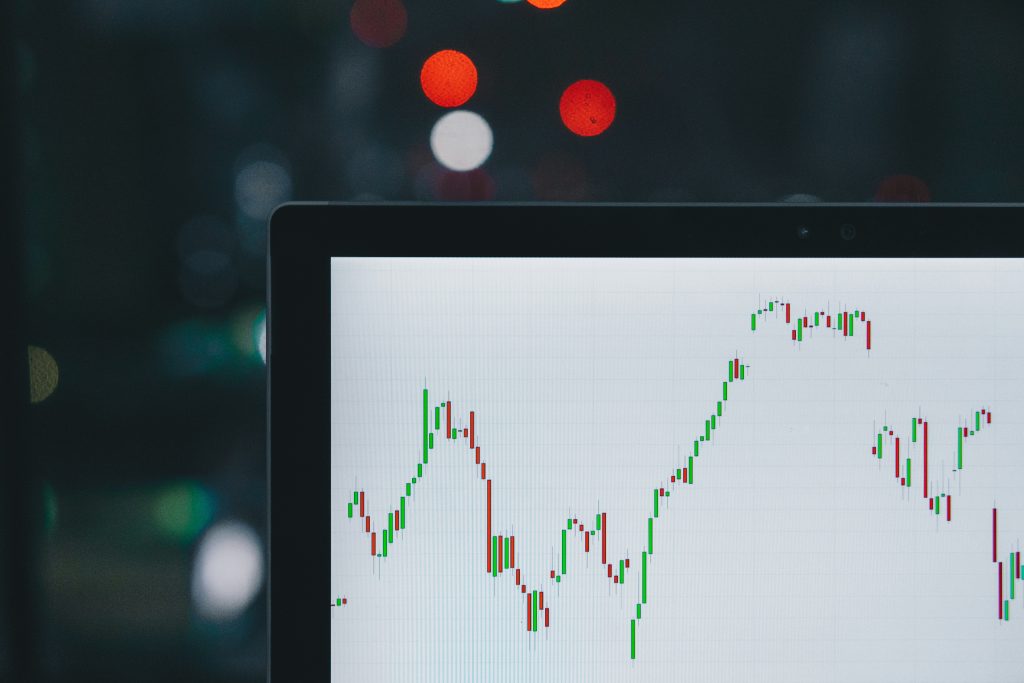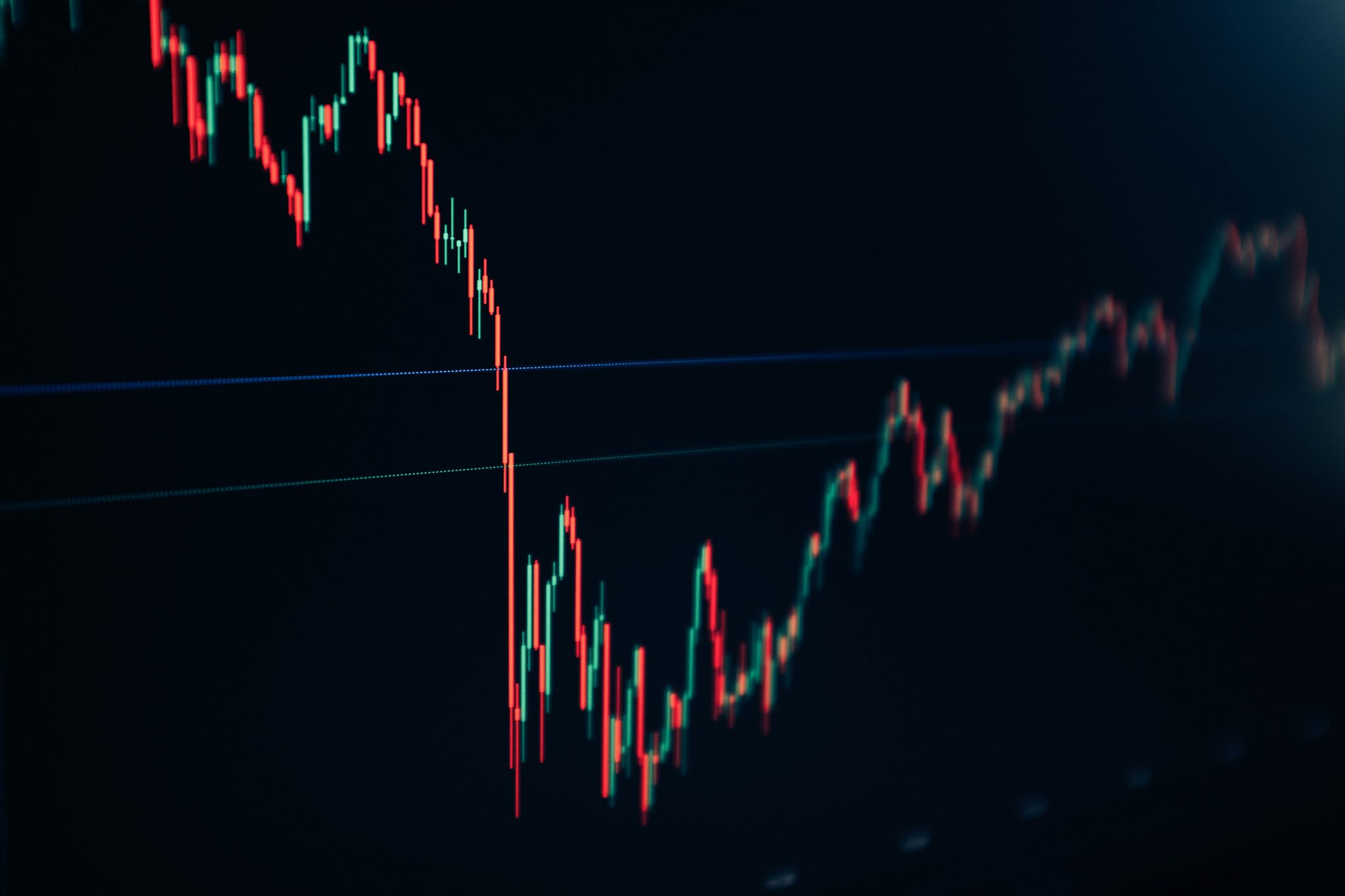The year 2025 has delivered a powerful reminder that emerging markets are far from uniform. While headlines focus on debt distress in low-income countries and commodity export struggles across much of the developing world, a select group of equity markets has posted spectacular gains.
As of November 20, 2025, the MSCI Emerging Markets Index is up approximately 23 percent year-to-date, outpacing the S&P 500’s 16 percent advance. Investors searching for growth have been rewarded by pockets of exceptional performance in Japan, South Korea, Europe (via the STOXX 600), Brazil, and Egypt.
These five markets illustrate how technology leadership, monetary easing, commodity resilience, and structural reform can triumph over global headwinds.

A Year Defined by Divergence for Emerging Markets
The performance gap across emerging markets in 2025 reflects an unusually fragmented global environment. The Federal Reserve’s slower rate-cut cycle and persistent strength in the United States dollar placed sustained pressure on countries with high external debt, while those with healthier balance sheets benefitted from renewed investor confidence.
China’s continued economic deceleration, marked by weak property investment and soft consumer demand, reshaped regional trade flows and forced commodity exporters to adjust expectations.
At the same time, geopolitical uncertainty in the Red Sea and Eastern Europe pushed investors toward markets viewed as relatively insulated from supply chain risk. Technology spending linked to artificial intelligence, a revival in tourism, and targeted fiscal support created additional pockets of resilience.
This combination produced a landscape where fundamentals mattered more than broad emerging-market labels. The result is a sharp divide between outperformers with clear reform momentum or sector leadership and laggards still wrestling with external vulnerabilities. Understanding this backdrop is essential to interpreting why gains have been so concentrated and why selectivity remains critical ahead of 2026.
Nikkei 225: Japan’s Export Engine Regains Altitude
Japan’s Nikkei 225 has climbed 32 percent in 2025, repeatedly breaching the psychologically important 50,000 level. A sharply weaker yen (USD/JPY around 155) has supercharged earnings for exporters such as Toyota and Sony, while corporate governance reforms and rising wage growth have fueled domestic reflation.
Foreign investors have poured in, drawn by attractive valuations and Japan’s status as a relative safe haven amid emerging-market debt concerns.
Looking to 2026, analysts project the index to reach 55,000 by mid-year, supported by double-digit earnings growth and potential additional fiscal stimulus. Risks remain, notably tighter Bank of Japan policy and U.S. tariff escalation, yet Japan’s fundamentals support continued outperformance.
KOSPI: South Korea Rides the Global AI Wave
No emerging market has captured investor imagination quite like South Korea. The KOSPI has soared 64 percent year-to-date, repeatedly setting all-time highs above 4,100. SK Hynix and Samsung Electronics have been the primary engines, with high-bandwidth memory chips critical to the global AI build-out.
A favorable U.S.-Korea trade agreement that capped tariffs at 15 percent triggered hundreds of billions in planned U.S. investment, further boosting sentiment. Earnings growth of 28 percent annually places Korea at the top of global rankings.
Forecasts for 2026 are equally bullish, with several houses targeting 5,000 by mid-year. Valuations have expanded, but continued AI spending and shareholder-friendly policies justify optimism.
STOXX Europe 600: A Defensive Winner in Uncertain Times
Europe’s STOXX 600 has quietly delivered one of the steadiest performances among major indices, rising 9 percent in 2025. Aggressive European Central Bank rate cuts and renewed small-cap interest have offset pressure from U.S. tariff threats.
European equities now trade at their largest discount to U.S. stocks in decades, attracting value-oriented capital.
Earnings growth has been revised lower to 3–5 percent for 2025, but analysts expect a modest reacceleration in 2026 as monetary easing takes full effect. With limited direct exposure to the most vulnerable commodity exporters, the STOXX 600 serves as a defensive way to play broader emerging-market recovery themes.
BOVESPA: Brazil Defies the Latin American Narrative
Brazil’s BOVESPA has surged 22 percent, making it the strongest major Latin American index by a wide margin. Strong soy, iron ore, and biofuel exports, combined with fiscal discipline under the Lula administration, have cushioned the economy against China’s slowdown. Corporate reforms and share buybacks in heavyweight names such as WEG and Vale have added fuel.
Consensus forecasts point to another 15–18 percent advance in 2026, assuming commodity prices remain constructive and U.S. tariffs on agricultural goods stay contained. Brazil demonstrates that disciplined policy and commodity leverage can still generate alpha in a challenging regional environment.
EGX30: Egypt’s Remarkable Turnaround
Egypt’s EGX30 has risen 28 percent in 2025, transforming it from frontier-market laggard to regional star. A comprehensive IMF program, currency stabilization, and surging foreign direct investment into the Suez Canal zone and renewable energy projects have restored confidence. Tourism and worker remittances have rebounded strongly.
Analysts anticipate 15–20 percent earnings growth in 2026, with the index potentially testing 48,000 if geopolitical risks in the Red Sea remain contained. Egypt exemplifies how decisive reform can unlock substantial equity upside even in a high-beta environment.
Investor Positioning
Capital flows in 2025 highlight how investors have become increasingly discriminating within the emerging-market universe. Global funds reduced exposure to high-risk sovereigns, particularly those with rising default probabilities, and redirected capital toward liquid markets with strong earnings visibility.
Japan, South Korea, and Europe absorbed a significant share of these reallocations due to their technology linkages and monetary easing cycles. Brazil attracted substantial inflows as commodity prices stabilized and fiscal policy signaled credibility. Egypt saw renewed engagement from frontier funds following its IMF-backed reform program and improved currency stability.
Exchange-traded funds that track broad emerging-market indices reported modest inflows, yet country-specific products focusing on Asia and Latin America recorded their strongest subscriptions in three years.
Hedge funds also increased long positions in semiconductor and export-oriented equity baskets. The shift demonstrates that investors are prioritizing growth catalysts rather than relying on beta exposure. This reallocation pattern is likely to persist into 2026 unless the global rate environment changes abruptly.
What Could Disrupt emerging markets’ Momentum
Despite strong year-to-date performance in several emerging-market leaders, a number of risks could challenge the rally in 2026. A renewed surge in the United States dollar would strain countries with large external financing needs and could trigger portfolio outflows from more fragile markets.
Escalation in trade tensions between the United States and China would pose a direct threat to exporters in Japan and South Korea, particularly those tied to advanced technology supply chains. Commodity volatility remains a significant variable for Brazil and other resource-dependent economies.
Geopolitical tensions in the Red Sea continue to present risks for Egypt, especially if shipping disruptions intensify and affect revenue from the Suez Canal. A faster than expected tightening cycle by major central banks would also pressure equities and raise borrowing costs across emerging markets.
These risks do not negate the positive structural trends in key outperformers, but they underscore that the environment remains highly sensitive to global shocks. Careful monitoring will be essential as investors position for the next phase of the cycle.
Selective Strength Signals Broader Opportunity
The standout performances of the Nikkei 225, KOSPI, STOXX 600, BOVESPA, and EGX30 in 2025 prove that emerging markets remain a rich hunting ground for discerning investors. Technology leadership, monetary accommodation, commodity resilience, and structural reform have created clear winners amid widespread debt and trade challenges.
Looking ahead to 2026, consensus expects emerging-market earnings growth to accelerate to 14 percent, supporting further index gains of 8–12 percent for the asset class as a whole. The message is unambiguous: in a fragmented global economy, stock selection and country allocation matter more than ever. Investors who focus on these proven bright spots position themselves to capture the next leg of the emerging-market rebound.



